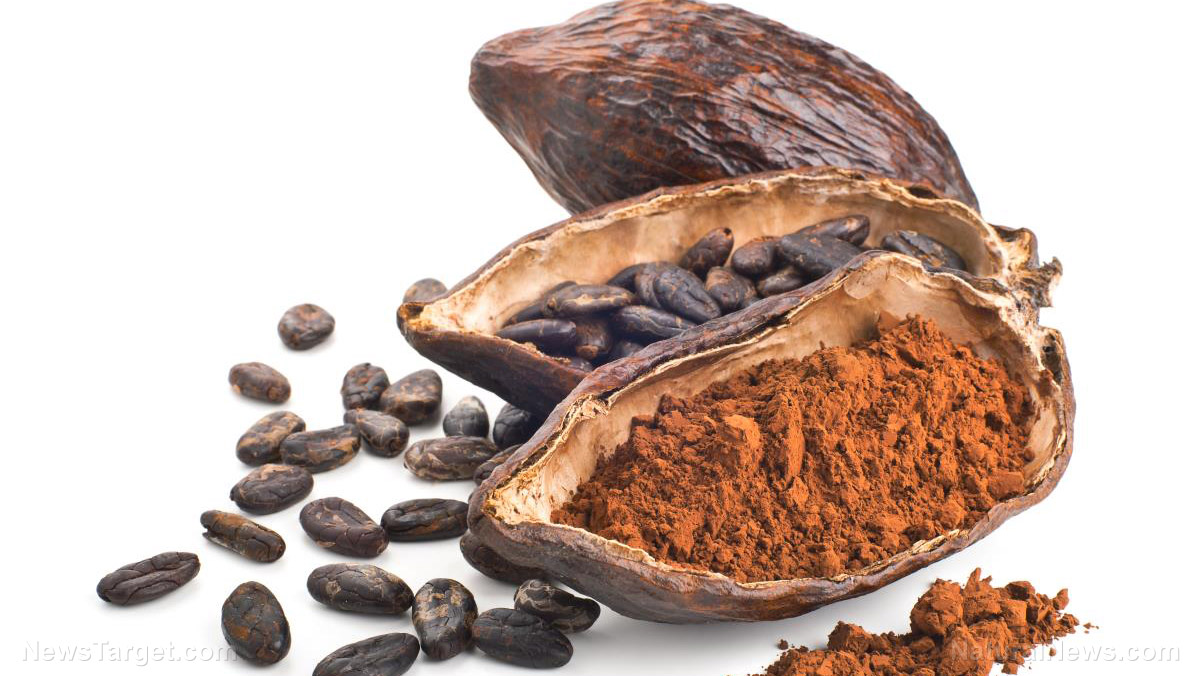Vitamin A is a powerful antioxidant that can slow down the process of aging
12/09/2018 / By Edsel Cook

Taking vitamin A is not just good for improving and maintaining your eyes. It brings a host of health benefits involving many other important parts of the body. An article in Life Force Homeopathy even dubbed it the “angel vitamin” because it can keep you looking and feeling young.
This underrated nutrient spurts the growth of new skin cells and repair any injuries. It works alongside calcium and vitamin D to form bones and teeth, and it also helps to keep those organs and structures strong.
Vitamin A also supports the immune system through its strong antioxidant activity. By reducing the chances of inflammation that can damage cells and tissues, it abates the aging process, allowing you to retain your youthful looks longer.
Despite playing a major role in many vital processes, vitamin A is prescribed much less often than the other vitamins. This contributes in part to many diseases and disorders that stem from insufficient amounts of the nutrient.
Half of the countries in the world have identified vitamin A deficiency as one of their most serious public health concerns. It is most prevalent in the developing countries in Africa and Southeast Asia. The most common victims are children and pregnant women. (Related: Study: Women who eat lots of fruits and vegetables have a lower risk of breast cancer.)
Where can you get the vitamin A you need?
To get the most out of vitamin A, it is best to know more about it. It would also help to know the best natural sources of the nutrient.
Vitamin A is the term for a number of retinoids that can be dissolved in fat. They include beta carotene, retinal, retinol, and their namesake retinoids.
They are micronutrients, chemical compounds that are used in the production of the enzymes involved in the growth and development of living things. Small amounts of micronutrients are enough to ensure the normal function of the body.
Vitamin A takes different previtamin forms according to its food source. In plants, it is present as carotenoids; it is especially plentiful in bell peppers, carrots, green leafy vegetables, sweet potatoes, and fruits that are orange, yellow, or green in color.
In animal foods, it is available as the aforementioned retinoids. Good sources of this previtamin form include cheese, chicken, egg yolks, fish, liver, and meat.
You might just need more vitamin A in your diet
Certain people are very vulnerable to vitamin A deficiency. They need to consume foods rich in the micronutrient on a regular basis.
Preterm babies have immature livers that cannot store much in the way of vitamin A. They need a steady supply of it until they finish growing.
Normally-born infants and young children are also vulnerable if they live in developing countries with food supply issues. This goes double for them if their mothers are also deficient in the nutrient.
On a related note, pregnant and breastfeeding mothers need greater amounts of vitamin A. They are providing for themselves and their still-developing babies, after all.
Surprisingly, pure vegans are also at risk of deficiency. By refraining from fish and dairy products, they are losing out on bio-available vitamin A found in animal foods.
People who suffer from diseases that hamper the proper assimilation of fat will not get the fat-soluble vitamin A. This includes alcoholics, who often have liver problems like cirrhosis, and patients with bowel disorders like Chrohn’s disease and Coeliac disease.
So how much vitamin A should you take? The U.S. National Academy of Medicine has set recommended dietary allowances for nutrients such as this vitamin.
See AntiAgingScience.news for more coverage of longevity science.
Sources include:
Submit a correction >>
Tagged Under:
aging, antiaging, beta carotene, disease prevention, functional foods, longevity, micronutrients, natural cures, natural medicine, nutrients, nutrition, vitamin A, vitamin A deficiency, vitamin deficiency, vitamins
This article may contain statements that reflect the opinion of the author
RECENT NEWS & ARTICLES
COPYRIGHT © 2017 PHYTONUTRIENTS NEWS





















